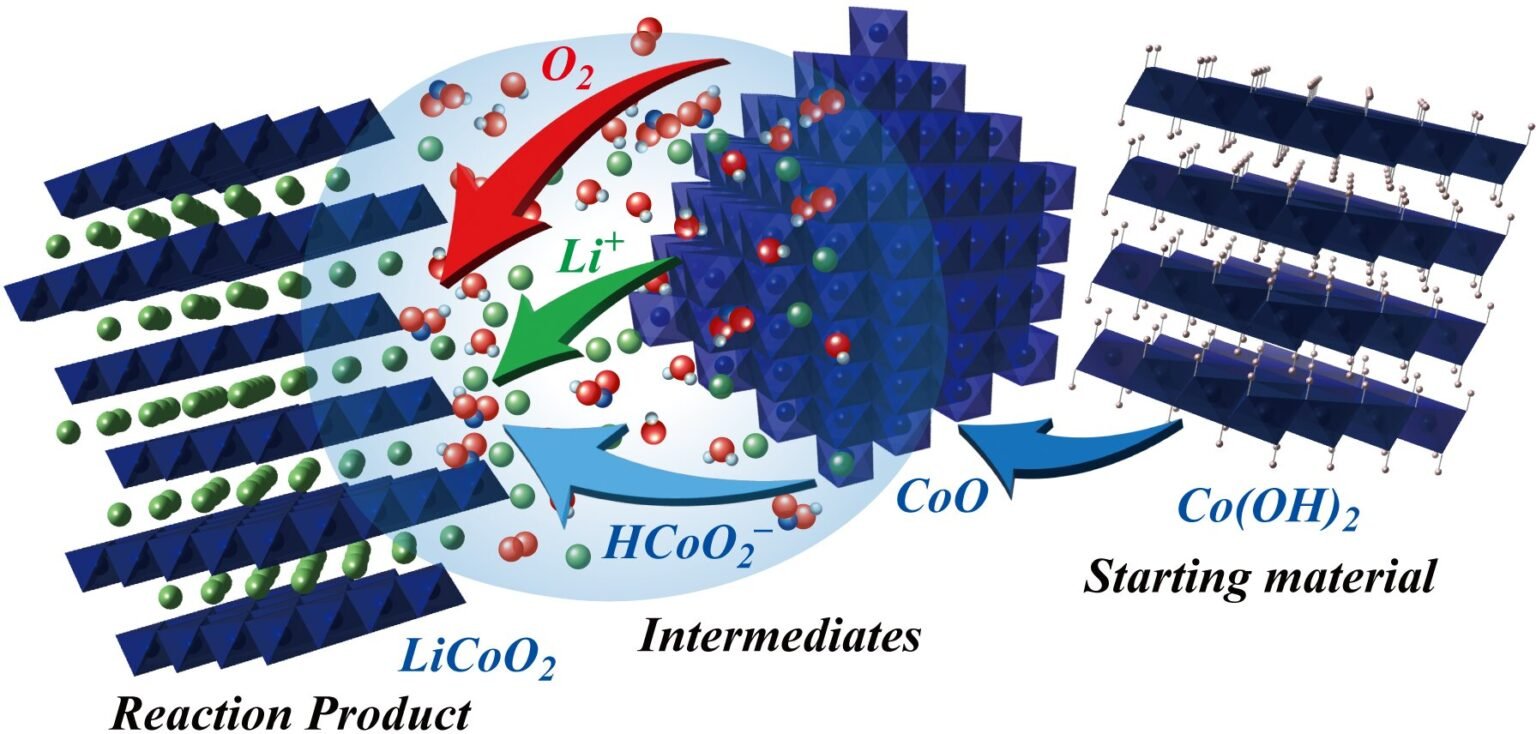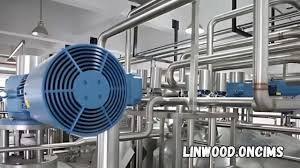Introduction
In our increasingly electrified world, batteries power everything from smartphones to electric vehicles (EVs). At the heart of these energy storage systems lie cathode materials – the critical components that determine a battery’s performance, lifespan, and safety.
This comprehensive guide explores cathode materials in depth, covering:
✔ What they are and why they matter
✔ Different types and their applications
✔ How they influence battery performance
✔ The latest innovations shaping the future
Whether you’re an engineer, student, or tech enthusiast, this article will give you valuable insights into these essential battery components.
Cathode Materials: The Backbone of Modern Batteries
Cathode materials serve as the positive electrode in batteries, working with the anode and electrolyte to enable energy storage and discharge. Their composition directly impacts:
- Energy density (how much power a battery can store)
- Charge/discharge rates
- Cycle life (how many times it can be recharged)
- Safety and thermal stability
Why Cathode Materials Matter
The right cathode material can make the difference between:
- A smartphone battery that lasts all day or dies by noon
- An EV with 200 miles or 400 miles of range
- A power grid storage system that lasts 5 years or 15 years
Advanced cathode materials enable the renewable energy transition by making batteries more efficient, affordable, and sustainable.
Types of Cathode Materials and Their Applications
Different cathode materials offer unique advantages for various applications. Here are the four most important types:
Lithium Cobalt Oxide (LCO)
- Composition: LiCoO₂
- Best for: Consumer electronics (smartphones, laptops)
- Pros: High energy density, stable voltage output
- Cons: Expensive, contains scarce cobalt, limited thermal stability
Lithium Iron Phosphate (LFP)
- Composition: LiFePO₄
- Best for: EVs, energy storage, power tools
- Pros: Excellent safety, long lifespan, cobalt-free
- Cons: Lower energy density than cobalt-based cathodes
Nickel Manganese Cobalt (NMC)
- Composition: LiNiMnCoO₂
- Best for: EVs, medical devices, power tools
- Pros: Balanced performance, good energy density
- Cons: Still contains some cobalt
Lithium Nickel Cobalt Aluminum Oxide (NCA)
- Composition: LiNiCoAlO₂
- Best for: High-performance EVs (Tesla vehicles)
- Pros: Extremely high energy density
- Cons: Expensive, requires complex battery management
| Material | Energy Density | Cost | Safety | Typical Applications |
|---|---|---|---|---|
| LCO | High | High | Moderate | Smartphones, laptops |
| LFP | Moderate | Low | High | EVs, grid storage |
| NMC | High | Moderate | High | EVs, power tools |
| NCA | Very High | High | Moderate | Premium EVs |
How Cathode Materials Influence Battery Performance
The choice of cathode material affects nearly every aspect of battery performance:
1. Energy Density
Cobalt-based cathodes (LCO, NCA) store more energy but cost more. LFP offers lower density but better affordability.
2. Power Output
NMC and NCA provide high power for acceleration in EVs, while LFP offers steady output for energy storage.
3. Cycle Life
LFP lasts 3,000+ cycles, ideal for grid storage. LCO typically manages 500-1,000 cycles in phones.
4. Safety
LFP is the safest, while cobalt-based cathodes require more thermal management.
5. Temperature Performance
Some materials work better in extreme cold or heat – crucial for EVs in different climates.
The Future of Cathode Materials: Innovations and Sustainability
Researchers are developing next-generation cathode materials to overcome current limitations:
Solid-State Batteries
- Replace liquid electrolytes with solid materials
- Potential for higher energy density and improved safety
- Companies like Toyota and QuantumScape are leading development
Cobalt-Free Cathodes
- Eliminating scarce, expensive cobalt
- Options include:
- High-nickel cathodes (LiNiO₂)
- Manganese-rich compositions
- Organic cathode materials
Recycling and Second-Life Applications
- Recovering lithium, cobalt, nickel from old batteries
- Using retired EV batteries for grid storage
- Companies like Redwood Materials pioneering battery recycling
These innovations aim to make batteries:
✔ More powerful
✔ Cheaper
✔ Longer-lasting
✔ More sustainable
FAQs About Cathode Materials
What’s the most common cathode material today?
NMC is widely used in EVs, while LCO dominates consumer electronics.
Why are companies moving away from cobalt?
Cobalt is expensive (≈$50/kg), has supply chain issues, and raises ethical concerns about mining practices.
Which cathode material is safest?
LFP (Lithium Iron Phosphate) is the safest option with excellent thermal stability.
How long do cathode materials typically last?
From 500 cycles (LCO in phones) to 3,000+ cycles (LFP in grid storage).
What’s the holy grail for cathode materials?
A cobalt-free, high-energy-density, low-cost material that’s easy to recycle.
Will solid-state batteries use different cathode materials?
Yes, they’ll enable new cathode chemistries like lithium-sulfur and lithium-air.
Conclusion
Cathode materials represent one of the most exciting frontiers in energy technology. As we’ve seen:
- Different materials serve different needs
- Performance involves tradeoffs between energy, cost, and safety
- New innovations promise better batteries for EVs, electronics, and renewable energy
The future of energy storage depends on continued advances in cathode materials – making them more powerful, affordable, and sustainable.









